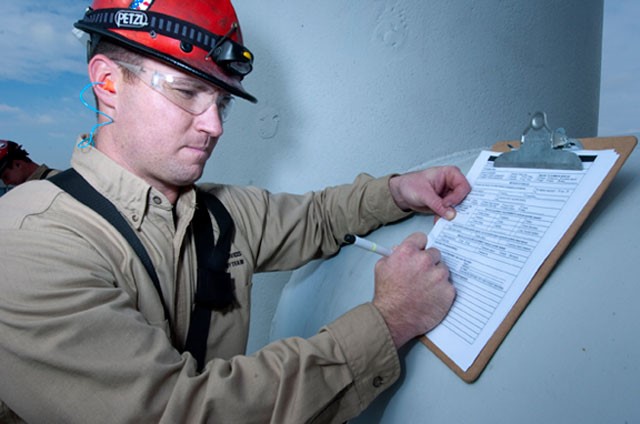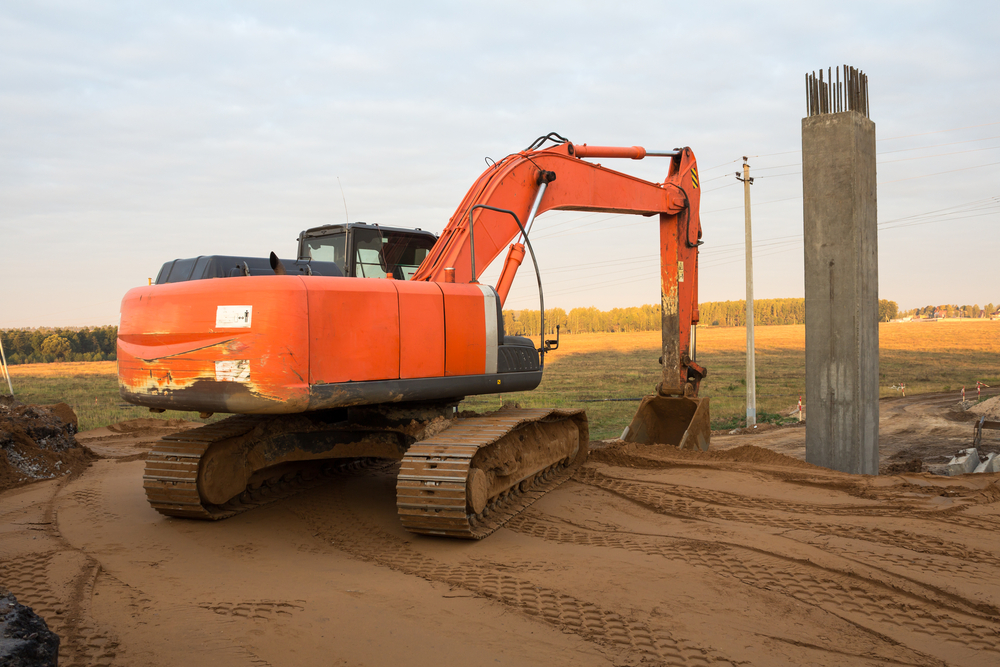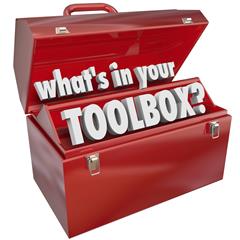Has your Fire Department ever thought about hosting a Roco Confined Space Rescue course?
 It just might be easier than you think! If your municipal department needs this kind of training, and you have a training site that would be adequate – it could be that simple.
It just might be easier than you think! If your municipal department needs this kind of training, and you have a training site that would be adequate – it could be that simple. We will be offering this opportunity for up to four (4) municipal fire departments in 2019. All we ask is help from you in promoting the class to local agencies and industries so that we can get a minimum of eight (8) paying students. Then your department would receive two (2) FREE spots in the 5-day class. The more paying students, the more FREE slots your department would earn. It’s a great way to get the training you need at no cost to your organization.
Details:
One of the first things we need is to determine if you have a site that will work for the training. So, you’ll need to send us a few photos of your training site. Then, we will need a signed letter from your Fire Chief (or other authority) providing permission to conduct a Roco course at your training site and invite participants from other organizations. In turn, your department would promote the class in your local area. Roco would provide the instructors and rescue equipment at no charge to you.


 Of course, the security of the system's attachment to the crane and the ability to “lock-out” any potential movement are a critical part of the planning process. If powered industrial equipment is to be used as a high-point, it must be treated like any other energized equipment with regard to safety. Personnel would need to follow the Control of Hazardous Energy [Lockout/Tagout 1910.147]. The equipment would need to be properly locked out – (i.e., keys removed, power switch disabled, etc.). You would also need to check the manufacturer’s limitations for use to ensure you are not going outside the approved use of the equipment.
Of course, the security of the system's attachment to the crane and the ability to “lock-out” any potential movement are a critical part of the planning process. If powered industrial equipment is to be used as a high-point, it must be treated like any other energized equipment with regard to safety. Personnel would need to follow the Control of Hazardous Energy [Lockout/Tagout 1910.147]. The equipment would need to be properly locked out – (i.e., keys removed, power switch disabled, etc.). You would also need to check the manufacturer’s limitations for use to ensure you are not going outside the approved use of the equipment. This is where the employer must complete written rescue plans for permit-required confined spaces and for workers-at-height using personal fall arrest systems – or they must ensure that the designated rescue service has done so. When developing rescue plans, it may be determined that there is no other feasible means to provide rescue without increasing the risk to the rescuer(s) and victim(s) other than using a crane to move the human load. These situations would be very rare and would require very thorough documentation. Such documentation may include written descriptions and photos of the area as part of the justification for using a crane in rescue operations.
This is where the employer must complete written rescue plans for permit-required confined spaces and for workers-at-height using personal fall arrest systems – or they must ensure that the designated rescue service has done so. When developing rescue plans, it may be determined that there is no other feasible means to provide rescue without increasing the risk to the rescuer(s) and victim(s) other than using a crane to move the human load. These situations would be very rare and would require very thorough documentation. Such documentation may include written descriptions and photos of the area as part of the justification for using a crane in rescue operations. Of course, one of the most important considerations in using any type of mechanical device is its strength and ability (or inability) to “feel the load.” If the load becomes hung up on an obstacle while movement is underway, serious injury to the victim or an overpowering of system components can happen almost instantly. No matter how much experience a crane operator has, when dealing with human loads, there is no way he can feel if the load becomes entangled. And, most likely, he will not be able to stop before injury or damage occurs.
Of course, one of the most important considerations in using any type of mechanical device is its strength and ability (or inability) to “feel the load.” If the load becomes hung up on an obstacle while movement is underway, serious injury to the victim or an overpowering of system components can happen almost instantly. No matter how much experience a crane operator has, when dealing with human loads, there is no way he can feel if the load becomes entangled. And, most likely, he will not be able to stop before injury or damage occurs.  Portable Anchors – Bipods, Tripods, Gin Poles, and Quads
Portable Anchors – Bipods, Tripods, Gin Poles, and Quads





.jpg) We all want to succeed, no matter what we are doing. And success is always better than the alternatives…whether a mediocre performance or worse yet, failure.
We all want to succeed, no matter what we are doing. And success is always better than the alternatives…whether a mediocre performance or worse yet, failure.




